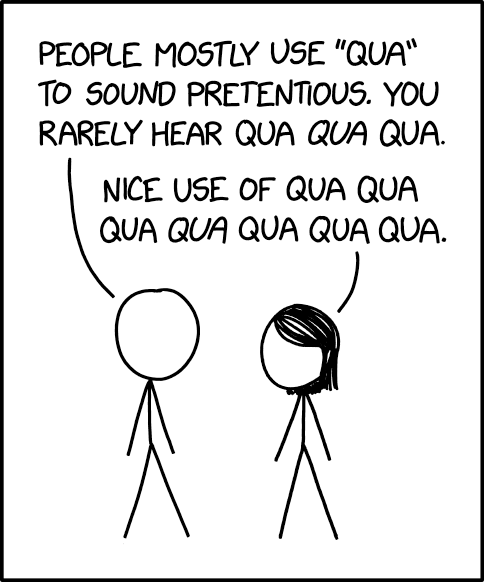Amazingly, it appears that Henry Lee Smith Jr. has no Wikipedia page, despite a notable career in science, public service, and the media. According to his 1972 NYT obituary:
In 1940, when Dr. Smith was 27 and a member of the Department of English at Brown University, he came to public attention on the radio program, “Where Are You From?” over WOR. He selected people from a studio audience, listened to them talk and told them where they came from. He was right in four out of five tries.
For more about that radio program, see "Dr. Smith", The New Yorker 11/22/1940 (page image here), or "Radio: Where Are You From?", Time Magazine 5/6/1940.
According to a "Flashback" by the UB Reporter ("55 Years Ago: Henry Lee Smith, Linguist", 10/27/2011):
After receiving his PhD from Princeton and lecturing at Barnard, Columbia, and Brown, Smith headed the Language Section, Information and Education Division of the U.S. Army from 1942 to 1946.
Prior to the war, there were no foreign language materials for the bulk of the military and civilian personnel, and Smith, along with linguists he recruited, produced language guides, phrase books and military and general-purpose dictionaries in many different languages. Under Smith’s direction, the linguists also developed what came to be known as the Army method of language instruction—later adopted by colleges and universities—emphasizing the use of phonograph records on which a native speaker recited the foreign words and allowed a pause for repetition by the student.
Smith founded the State Department’s School of Language and Linguistics in 1946, and served as the school’s director prior to coming to UB.
For more about the role of linguists in (what became) the Defense Language Institute, see "A tale of two societies" (3/1/2007) and "Linguistics in 1940" (3/11/2007).
My personal exposure to Smith's work was through the influential 1951 monograph that we used to call "Trager Smith" — I remember being struck by how many of the examples in Chomsky & Halle's 1968 The Sound Pattern of English were reproduced exactly from that source. (A link to a .pdf, courtesy of the Internet Archive, is here.)
Read the rest of this entry »



